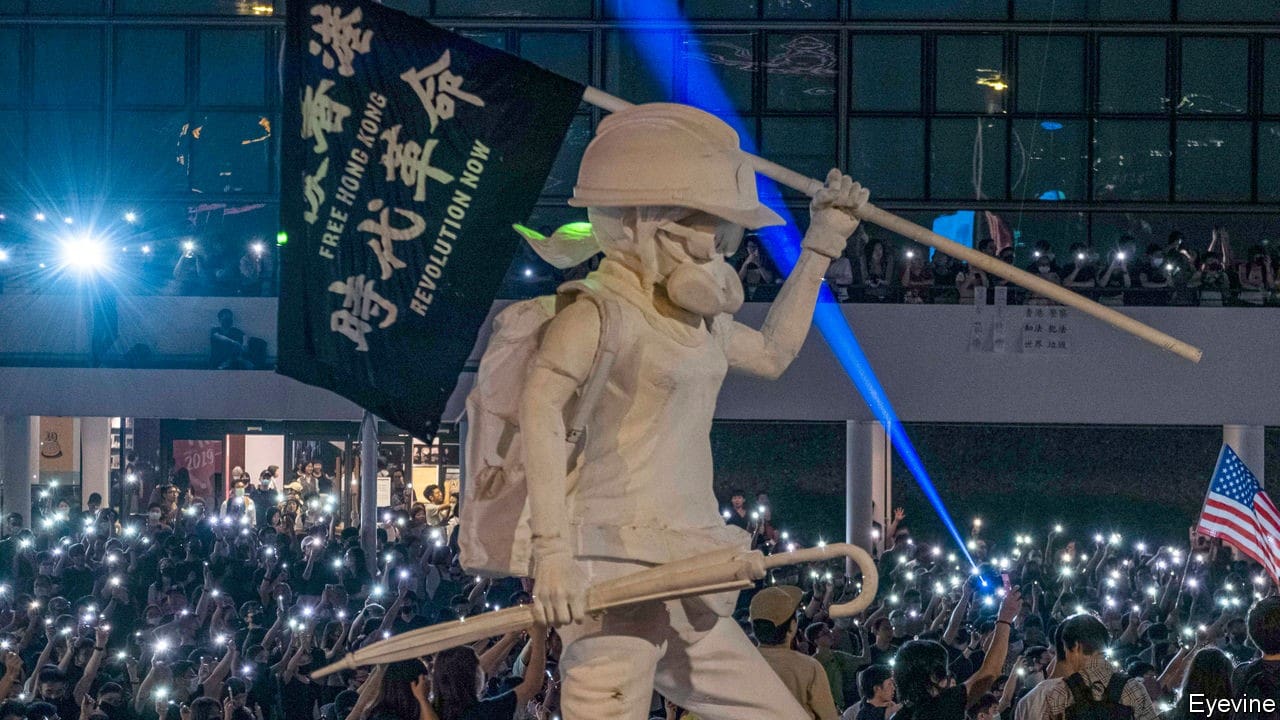When we think of absurdity we might equate it with nonsense, but what if it was this very nonsense that gave the absurd meaning? This is precisely what the artistic movement of the mid 1910s, known as Dada or Dadaism achieved. Dada was born out of the devastation of World War I and became one of the first anti-war, anti-bourgeois, leftist artistic movements. Utilising shock-value as its key visual messenger, Dadaism was an artistic tool of social revolution. Its visual absurdity and anti-war politics rebelled against the standards of art, and hence the standards of society. German painter and Dadaist Hans Richter described the point of Dada as “only a means of arousing the bourgeoisie to rage, and through rage to a shamefaced self-awareness.” Dadaists equated their absurd subject matter to the absurdity of warfare, laughing in the faces of the bourgeois class, whose so highly valued art had now become a mockery of its primary consumer.
As the world is faced with a multitude of global crises and we fight against social injustices as an imperative, we grow tireless and disenchanted with our political status quo. The social, economic and political landscapes that gave birth to Dadaism have resurfaced and once again pervade the art world. Co-founding Dadaist Marcel Janco said, “we had lost confidence in our culture. Everything had to be demolished.” In 2020, this sentiment is echoed across the world from the Black Lives Matter movement, to the Hong Kong protests, the Belarusian protests, and the ongoing fight for climate justice. We have seen the power of the mobilised working class, and we have seen the agency we have as organised individuals against the establishment. However, when we turn our heads to modern art what command does it have as a revolutionary political force?
During its time, Dadaism revolutionised working-class perspectives on war through its scathing criticisms of the ruling class. Using absurdity and shock value to convey their critique, Dadaists called into question every sector of bourgeois society that perpetuated the war. One of the most poignant examples of this is Hannah Höch’s photomontage Cut with the Kitchen Knife Dada through the last Weimar Beer-Belly Cultural Epoch in Germany (1919). The work comments on ideas of the machine, featuring wheels, cogs and other mechanical parts. Through this, Höch attempts to break down capitalist structures that lead the working-class to their organised oppression, examining both the idea of the machine of society, and the ways in which new technologies made the totalising destruction of the war more efficient. This critical commentary is effectively delivered to the viewer through the stark and abrasive visual quality. Today’s contemporary art exercises this same visual shock-value to garner attention, and propagate criticisms of the ruling class.
Taking it one step further than Dadaists, many contemporary artworks seek to weaponise their capacity as revolutionary objects by entering the arena of public demonstrations, taking shock-value out of the galleries and into the streets. Whether it be a pained banner held high or organised performance art, rather than acting as a precursor to revolution as Dadaism did, contemporary works of art participate in moments of protest. A key example is Lady Liberty Hong Kong (August, 2019) created during the height of the Hong Kong protests which demanded democratic systems of government. Standing three metres tall and built like stone, the sculpture depicts a female demonstrator in protest attire, with a fist held high. Entirely crowdfunded, nine designs were proposed by a large team of creatives and the final design was chosen by an online vote of the people; the statue stands for, and embodies, democracy. It was displayed in several locations of protest including the Anti-Abusive and Anti-Authoritarian rally in September 2019. The incredible symbolism of not only the statue itself, but its transportation during live protests speaks to the hard-fought determination of the protesters. It is in this way that I see the shock-value of Dadaism re-achieved, although the statue’s subject matter is overt. Carrying an 80kg embodiment of your defiance at a heavily repressed demonstration is no small statement. Rather, it sends an immensely powerful message about the strength and unending resilience of the Hong Kong protesters to all who see the statue. Dada artworks have been described as “a protest with the fists of its whole being engaged in destructive action.” Lady Liberty Hong Kong, its creators, transporters and fellow protesters, stand as a whole being, fists engaged.
Dadaists wanted to change the world through artistic satire, striving to make a mockery of their political climate, and tear open the discussion of war and the working class. Artists of our modernity refer back to these revolutionaries, desperate to be heard in a world where artistic commentary of the social and political is continually stifled. Yet it is in the very nature of art to transcend its own condemnation, existing outside the approval of the bourgeois class as Dadaism did. Art lives and dies in the streets, not by the discerning hand of those who try to dampen its revolutionary spirit. The mutinous power of the visual media has never stagnated.





